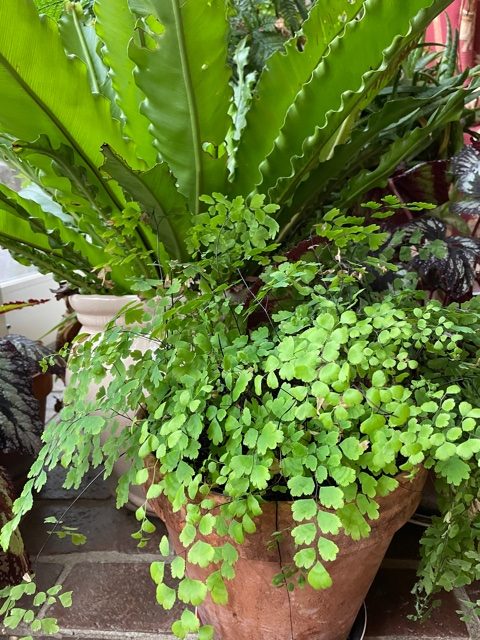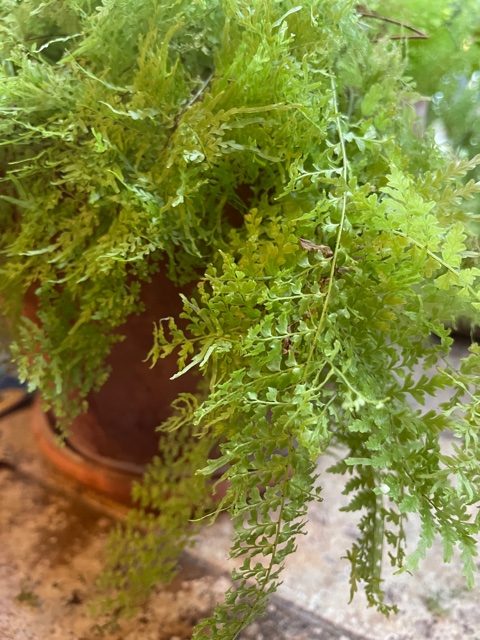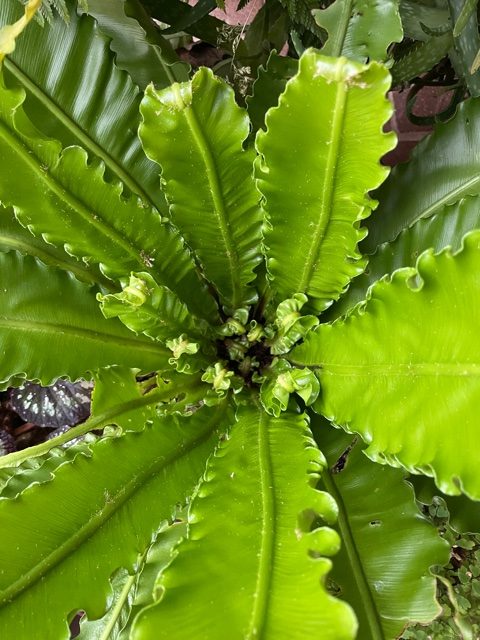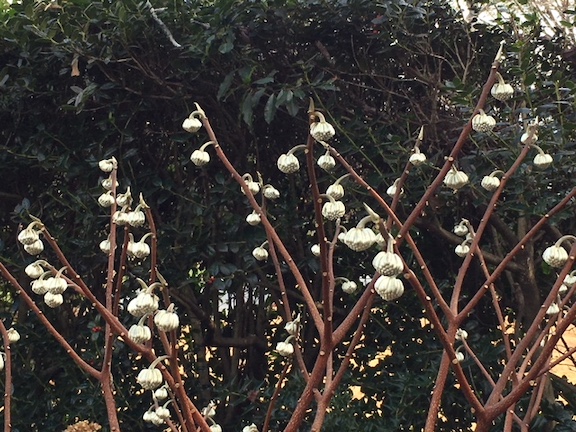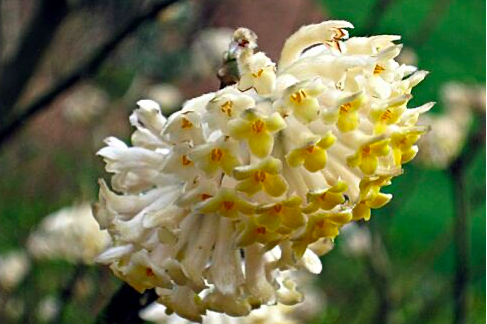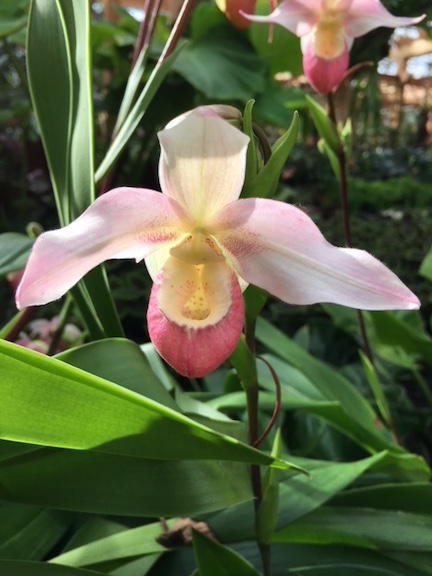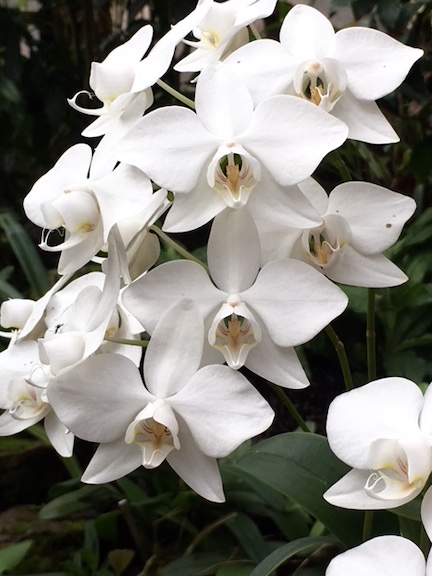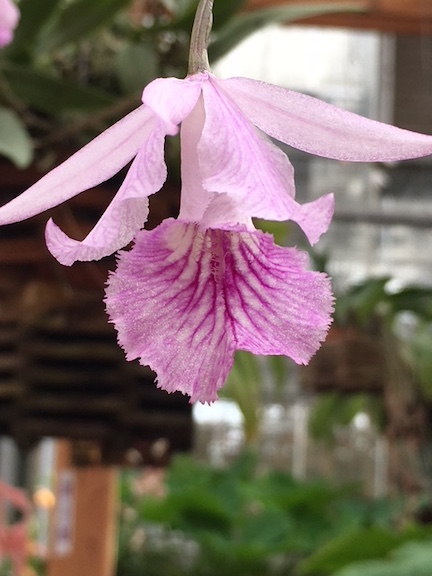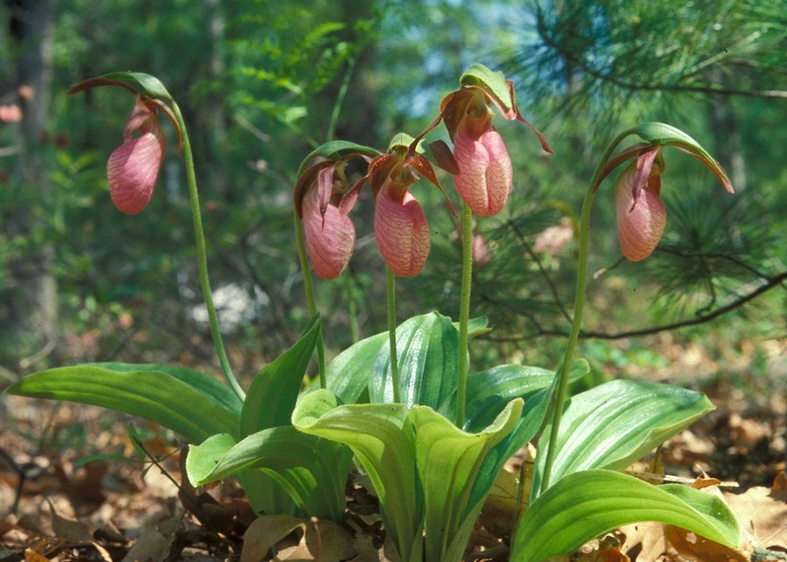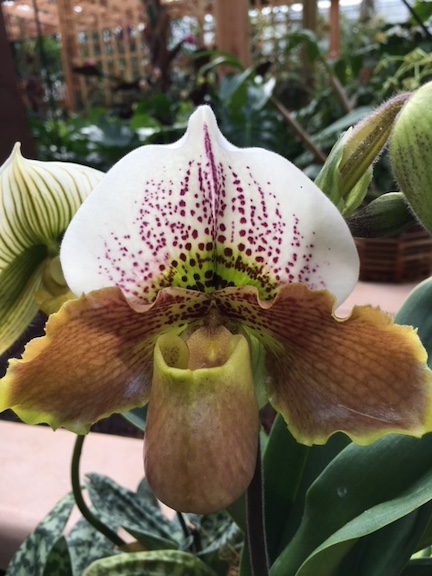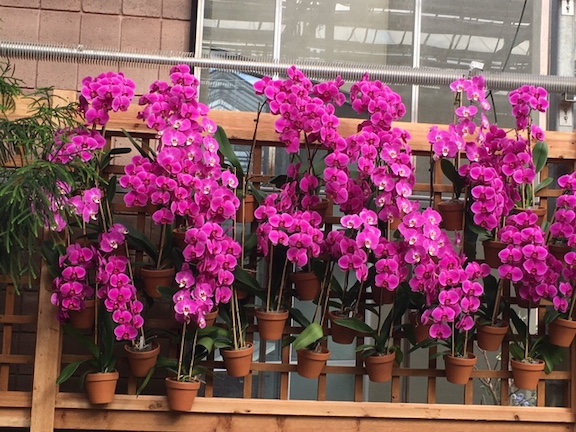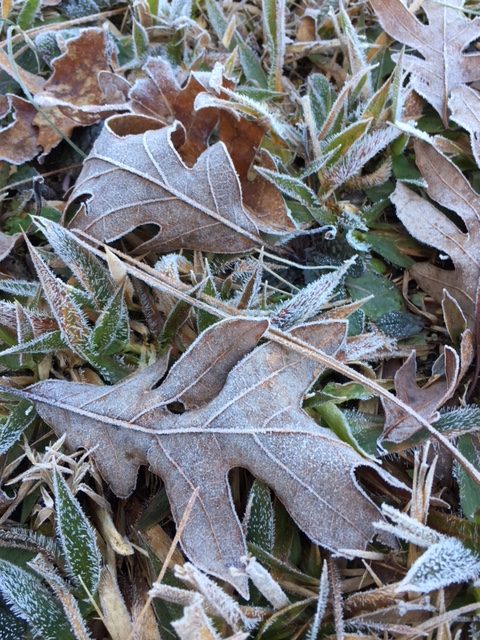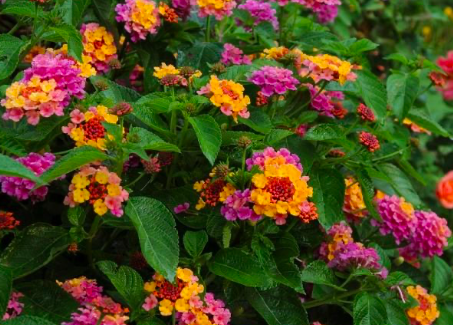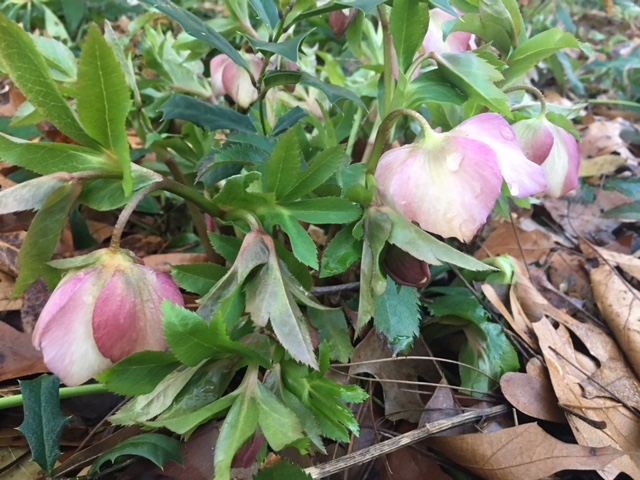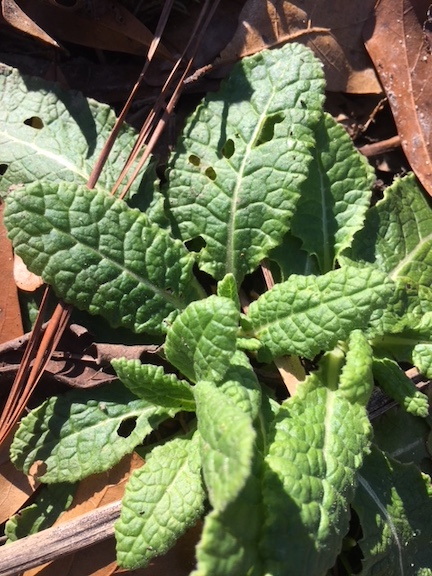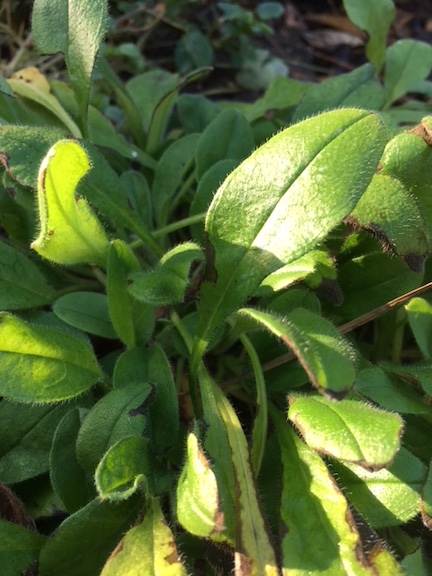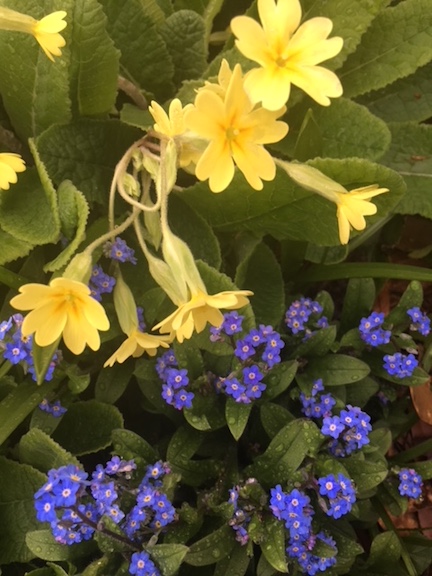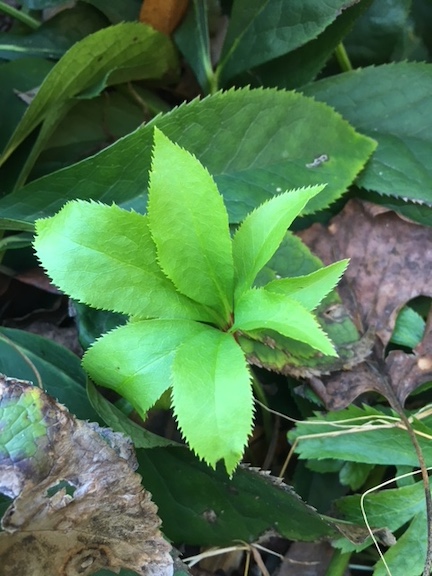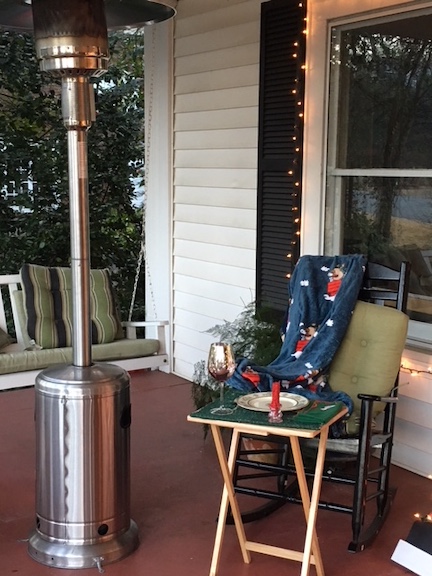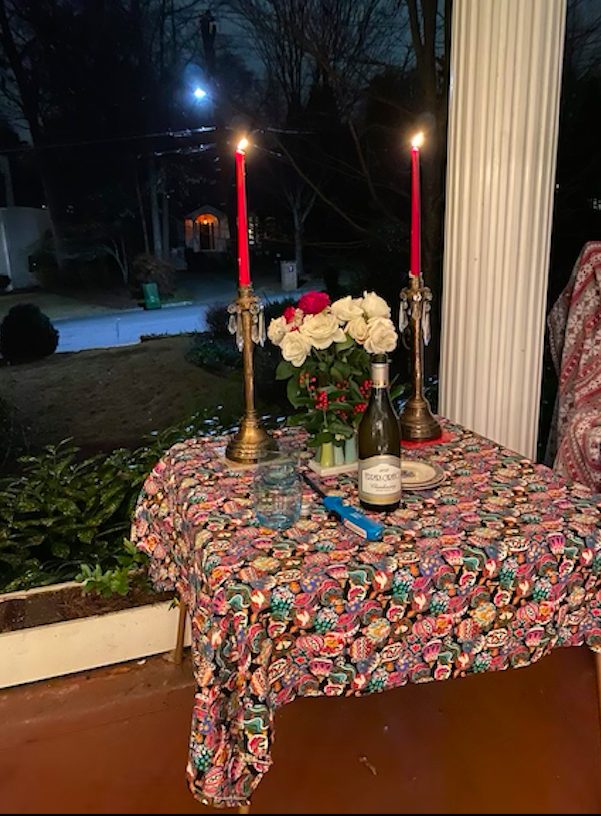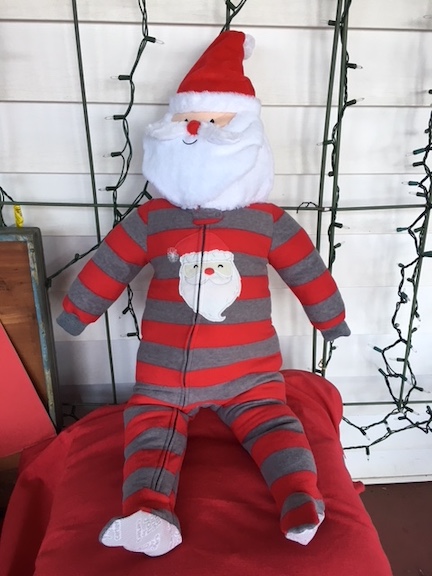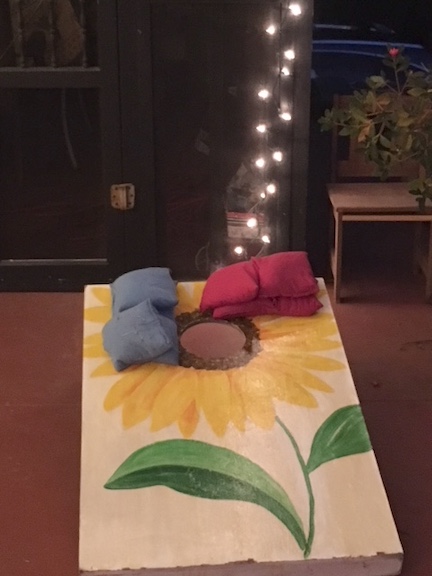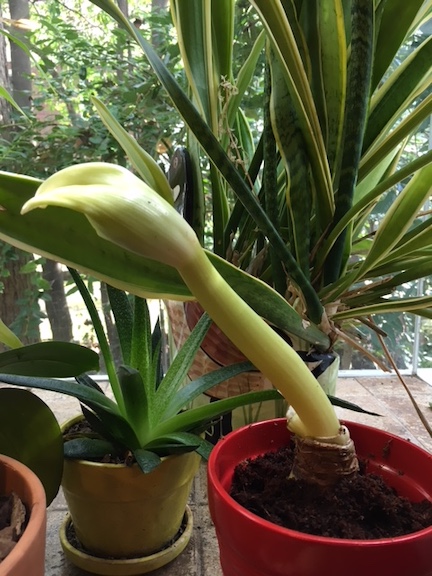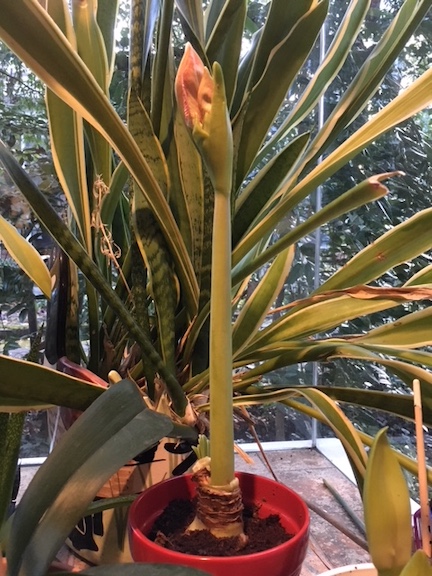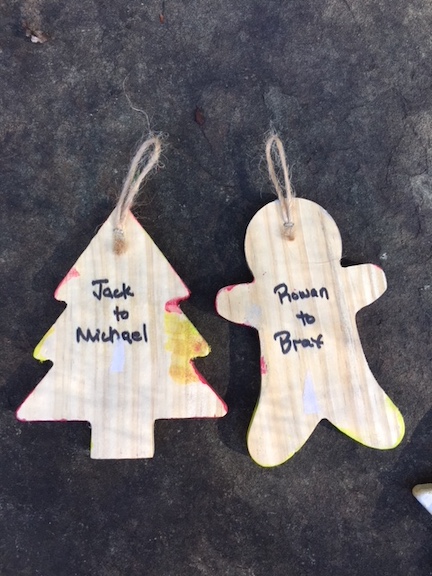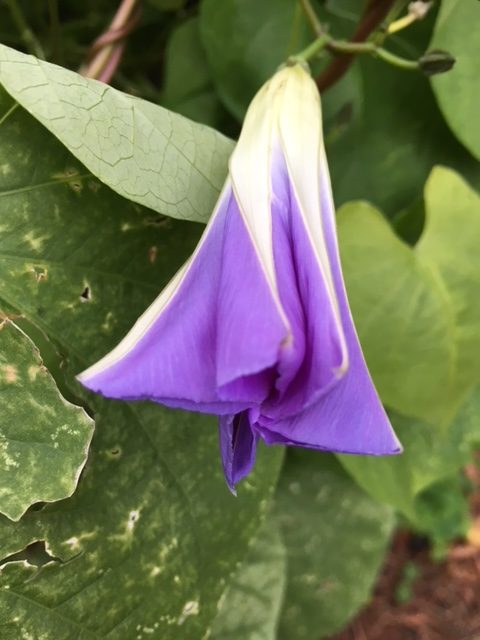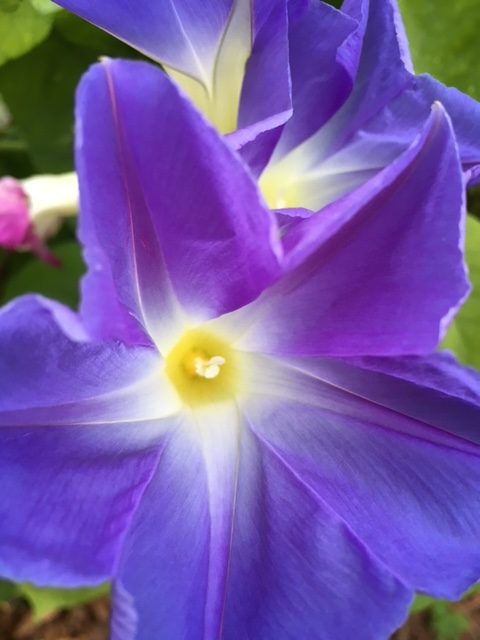Several years ago my sister gave me a Hori-hori. That’s a good thing! Actually, it’s a very, very good thing. A Hori-hori, for the uninitiated, in spite of it’s kamikaze sounding name, is a Japanese digging knife that I now find essential in the garden.

This beast does it all. It can be used as a digging implement but also has a double sided blade which is great for cutting through stubbornly packed root systems. Some even have ruler measurements on the side which can be used to measure the depth of a hole or the distance between two seedling plantings. The bright blue tape is not decorative, but functional as it keeps me from losing the knife while I’m working with plants that have a tendency to swallow tools.

When you are digging up perennials such as day lilies or lenten rose or Solomon’s seal to divide and give to friends, this tool is irreplaceable.
Having the right tool, whatever kind of work you’re doing, makes all the difference in the world. My dad was a woodworker who sometimes made very large pieces (ask me some time about the 22 foot wooden screw that he spent 10 years making for a living museum in South Georgia!) As he aged and inevitably lost strength, he compensated by making and using more and more tools in ingenious ways.

Now, I’m trying to do the same in the garden. I’m trying to work smarter rather than harder and the right tools are helping me accomplish this goal. Another of my favorite garden tools is a digging fork, which I find much more useful for many tasks than a shovel or spade.


For the old standards, clippers, shears and pruning knives, I try to keep them as sharp as possible so that they require minimum effort to do the maximum amount of work. But of course my favorite, very favorite cutting tool is my beloved chain saw.

I only spend half my working hours in the garden. The other half I am either drawing and painting plants or writing about them and my indoor tools are as critically important as my outdoor tools. I am grateful for my computer (I actually wrote my first book on a type-writer, using corrective tape to delete! It made me much more careful to not make mistakes!) But my other indoor tools are even more ancient than a type-writer and are equally beloved. Give me a sharp pencil and a tiny brush, a palette of beautiful water colors and blank paper and I can happily stay busy and out of trouble for hours on end!

